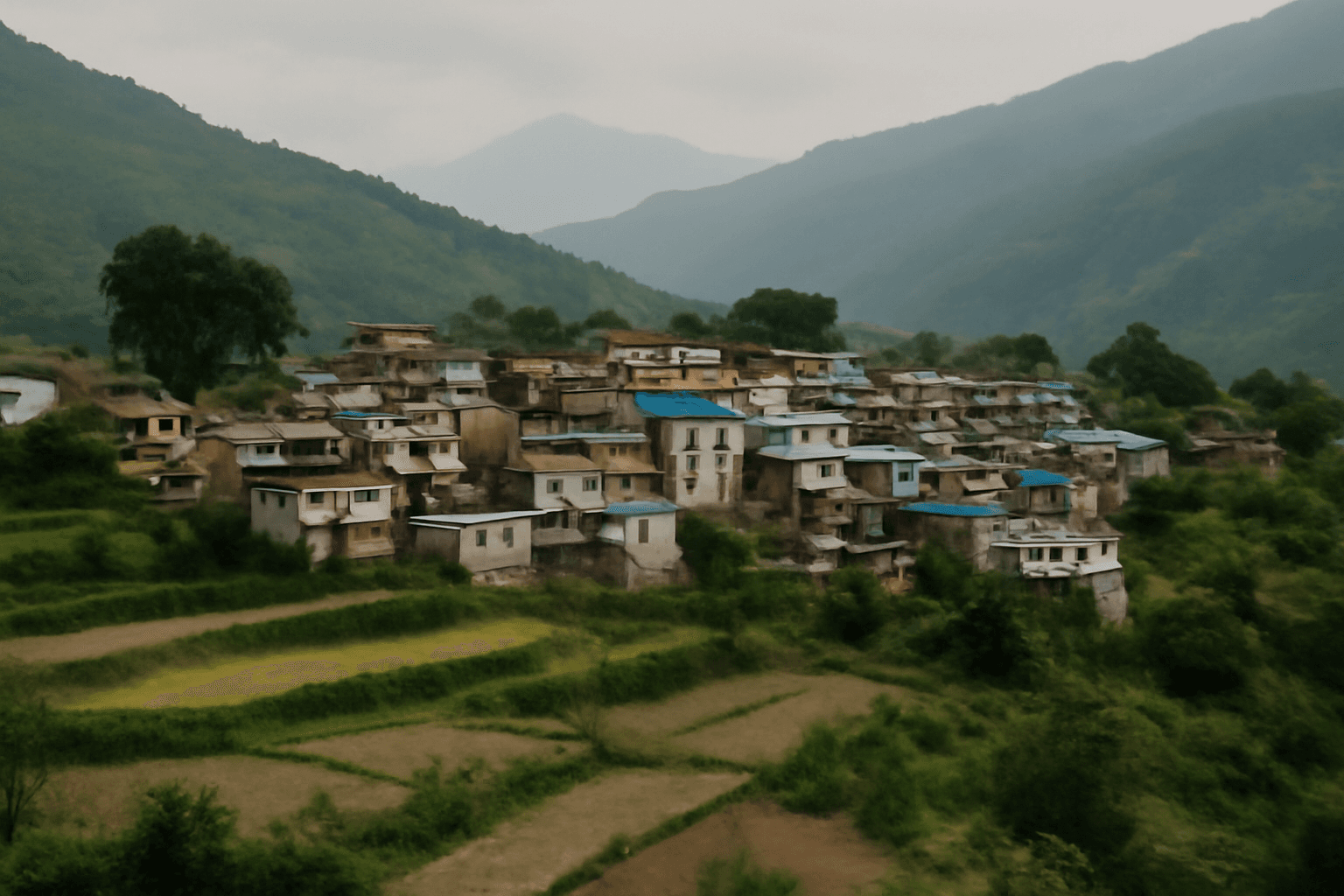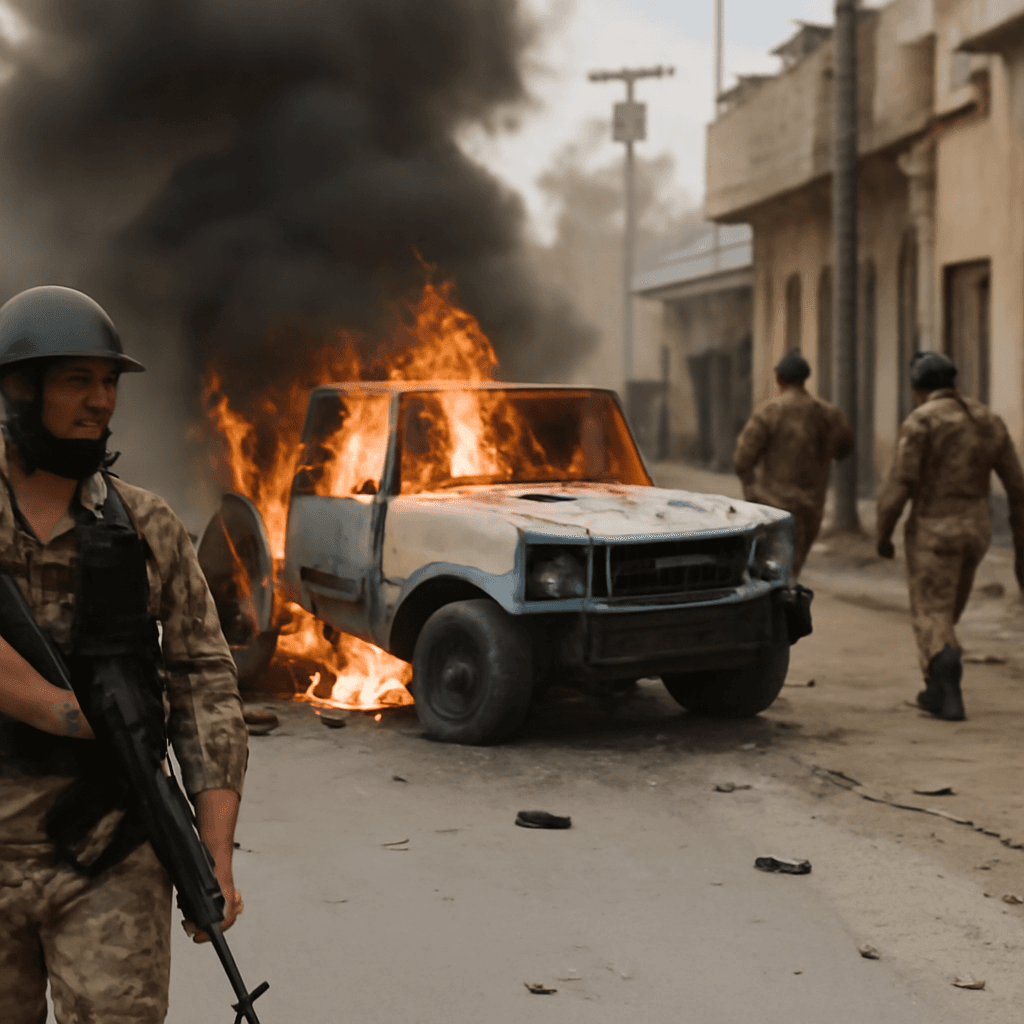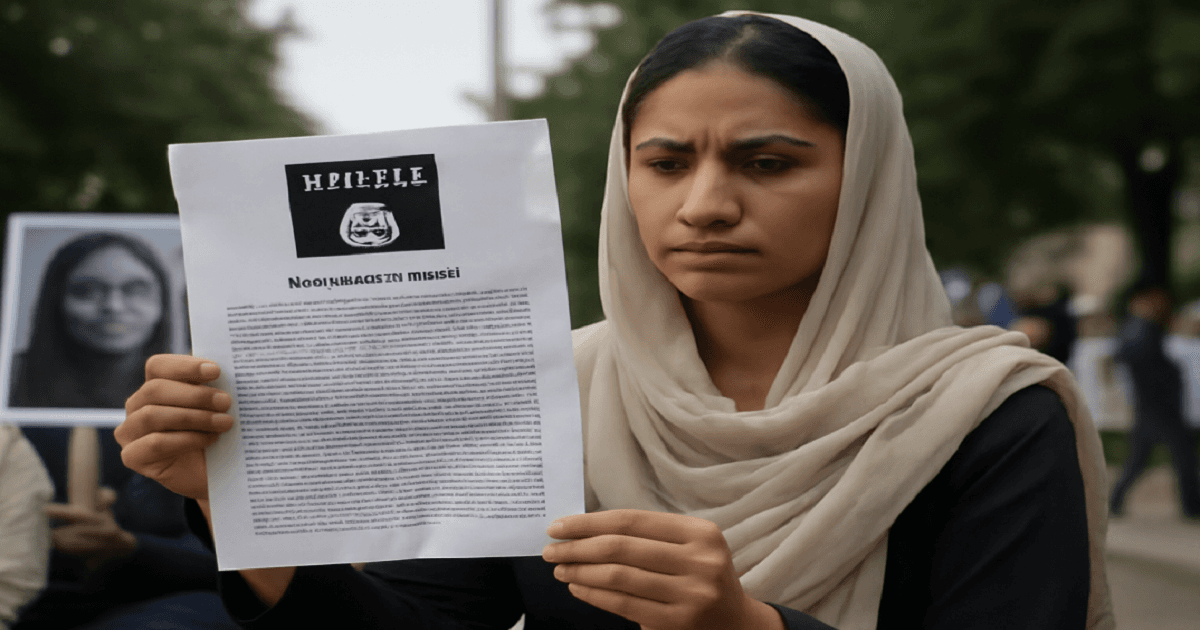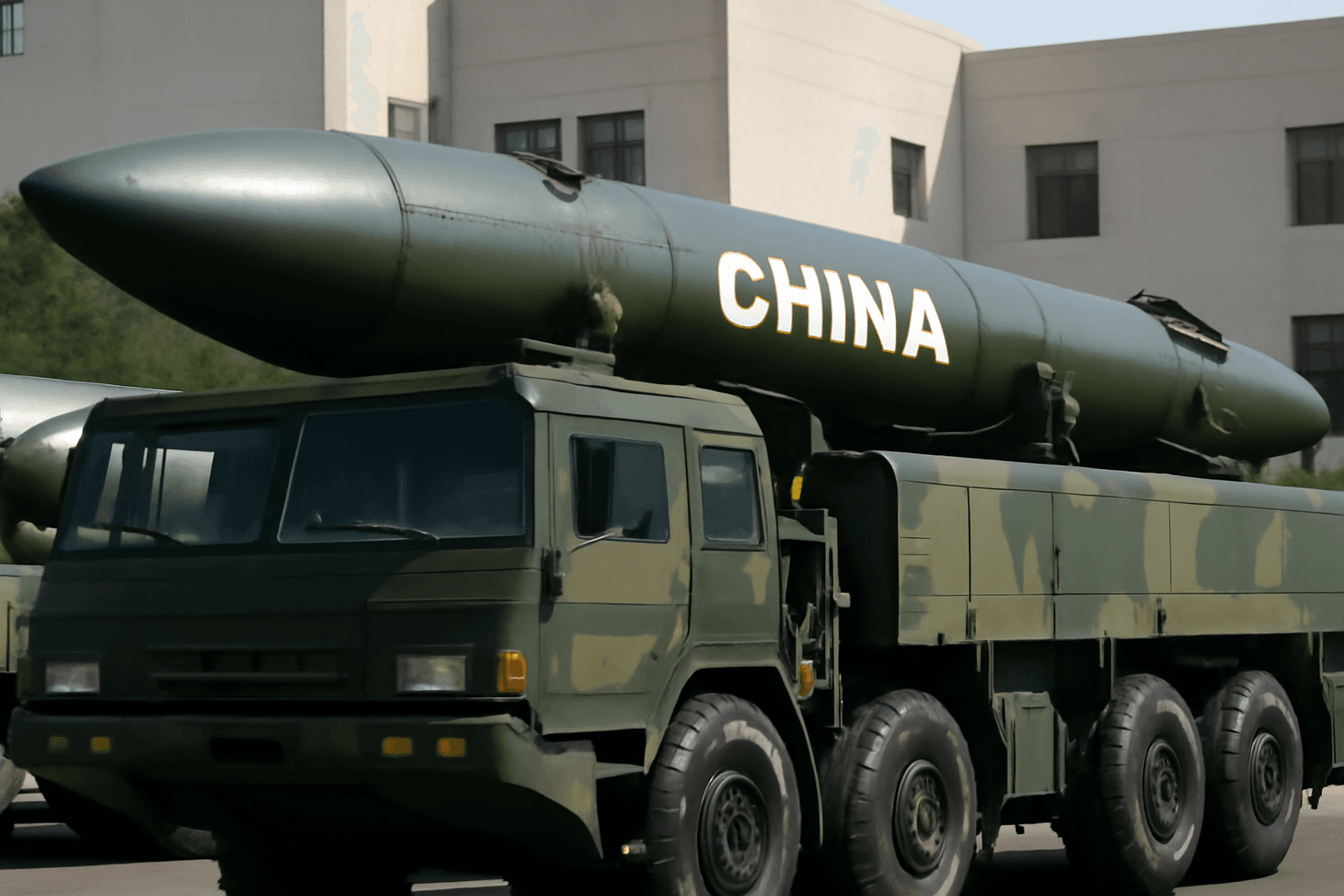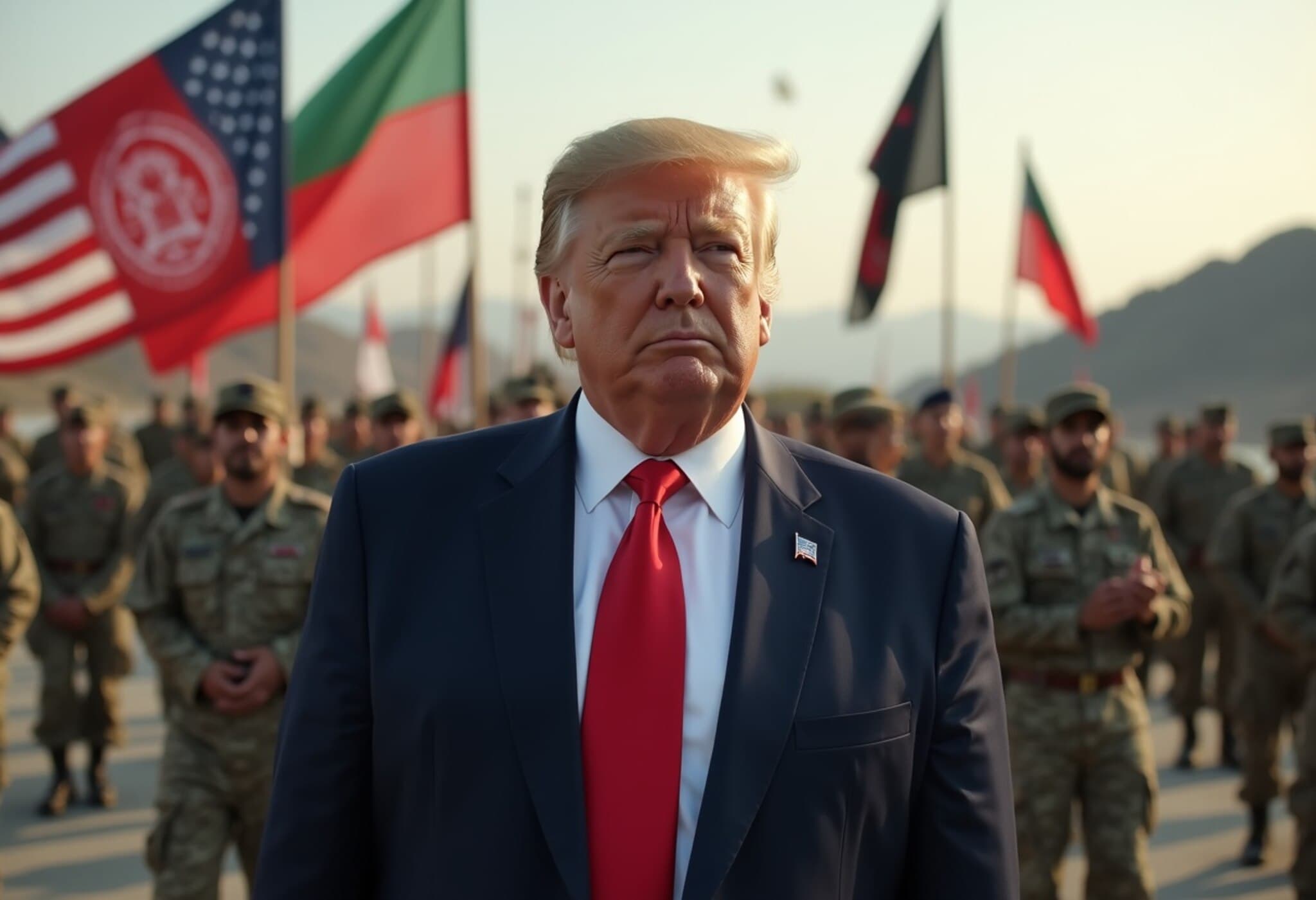BLF Initiates 'Operation Baam': A New Chapter in Balochistan Insurgency
In a sweeping and meticulously coordinated offensive, the Balochistan Liberation Front (BLF) unleashed a series of attacks across multiple districts in Pakistan’s southwestern province of Balochistan on Tuesday. The campaign, dubbed "Operation Baam" (Dawn), represents a renewed and intensified phase of the decades-long insurgency against the Pakistani state. The BLF claimed responsibility for at least 17 separate strikes targeting government offices, military checkpoints, and communication infrastructure across Panjgur, Surab, Kech, and Kharan.
Scope and Impact of the Attacks
The coordinated strikes disrupted vital communication lines and inflicted damage on administrative buildings, underscoring deep security vulnerabilities in the resource-rich yet politically restive region. While official Pakistani authorities have yet to disclose a comprehensive assessment of the damage, local sources describe significant disruptions in day-to-day life, particularly in Kech and Panjgur districts where communications remain severely hampered.
- 17 attacks across key districts
- Targeted destruction of government and military infrastructure
- Major disruption to communication networks
BLF’s Strategic Messaging and Insurgent Capacity
In a statement, BLF spokesperson Major Gwahram Baloch framed the operation as “a new dawn in the Baloch national liberation war,” emphasizing the expansive geographical reach of their campaign from the Makran coast to the Koh-e-Suleman mountains. He stressed that the operations were carefully choreographed to deliver both “human and material losses” to state security forces.
The sophisticated coordination of the attacks signals not only operational capability but also an emboldened insurgency intent on escalating pressure on Islamabad’s governance in Balochistan—an area long fraught with grievances over economic exploitation, political marginalization, and heavy military presence.
Security Response and Regional Implications
In the immediate aftermath, Pakistani security forces have launched extensive search operations in the affected districts. However, the persistence of communication blackouts complicates efforts to mount an effective response and raises alarm over the security vacuum emerging in critical zones.
These developments accentuate the fragile stability of Balochistan, a province rich in natural resources including natural gas, minerals, and strategic coastal access. The ongoing insurgency poses substantial challenges to Pakistan’s national unity and highlights deeper issues surrounding ethnic identity, governance, and resource control.
Expert Insight: The Broader Geo-Political Landscape
From an American policy perspective, Balochistan’s instability reverberates beyond Pakistan’s borders, influencing regional security dynamics, notably in relation to China’s Belt and Road Initiative (BRI). The China-Pakistan Economic Corridor (CPEC), a flagship BRI project, traverses Balochistan, making the province’s security architecture a critical factor for international stakeholders.
Persistent insurgency risks undermining vital infrastructure projects, raising questions about long-term economic viability and strategic partnerships in the region. Furthermore, the human rights dimension and demands for greater autonomy within Baloch society invite nuanced policy dialogue on conflict resolution and inclusive governance.
Raising Unanswered Questions
- What concrete steps can the Pakistani government take to address the root causes of unrest in Balochistan—namely political marginalization and resource allocation inequities?
- How might international actors influence or facilitate peaceful dialogue and development in the region?
- What safeguards are necessary to protect civilians caught between insurgents and state forces?
Editor’s Note
Tuesday’s attacks spearheaded by the BLF under “Operation Baam” are not merely isolated acts of militancy but a symptom of deeper structural challenges in Balochistan. As the conflict escalates, it is critical to analyze both the immediate security implications and the long-term political solutions necessary to foster stability. For readers and policymakers alike, this episode serves as a window into the complex mosaic of ethnic identity, state sovereignty, and economic ambition that defines Balochistan’s future.
Keeping a close watch on how Islamabad balances military responses with political negotiation will be key to understanding whether this new chapter in the insurgency sparks wider upheaval or opens pathways toward reconciliation.



